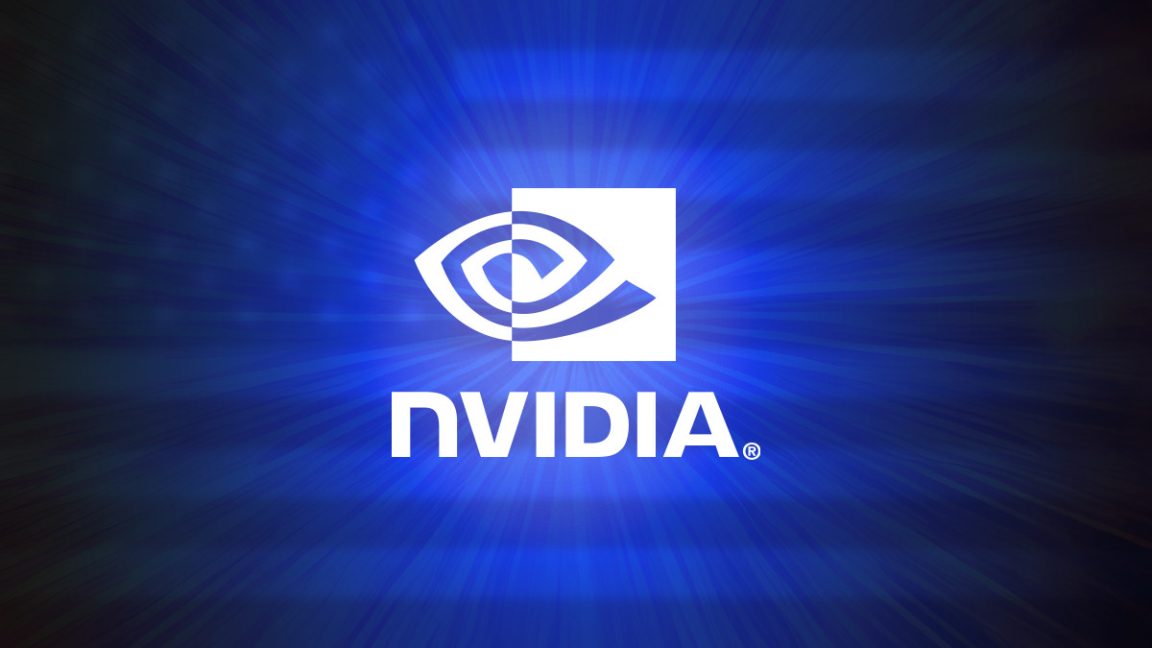On Wednesday, Nvidia made history by becoming the first company ever to reach a staggering $5 trillion market capitalization. This remarkable milestone was announced shortly after the company’s GTC (GPU Technology Conference) keynote in Washington, DC, where CEO Jensen Huang revealed that Nvidia had secured $500 billion in cumulative AI chip orders. Additionally, Huang announced plans to build seven supercomputers for the US government, underscoring Nvidia’s growing influence in both the commercial and public sectors. This achievement comes just three months after Nvidia crossed the $4 trillion valuation mark in July, catapulting the company ahead of tech behemoths like Apple and Microsoft in market value.
Nvidia’s stock price has soared dramatically since the launch of ChatGPT in late 2022, a period that coincided with a broader AI boom which has propelled the S&P 500 index to record highs. The company’s shares increased by 4.6 percent on Wednesday following the announcements made at the GTC conference on Tuesday. Despite the rapid rise in Nvidia’s valuation, which has sparked fears of an AI investment bubble, CEO Jensen Huang dismissed such concerns during a Bloomberg Television interview at the event. He stated, “I don’t believe we’re in an AI bubble. All of these different AI models we’re using—we’re using plenty of services and paying happily to do it.” Huang’s confidence reflects his belief in the genuine and sustained demand for AI technology.
The orders announced represent cumulative sales of Nvidia’s latest AI processors, specifically the Blackwell and Rubin chips, projected through the end of 2026. Huang emphasized the scale of this demand by comparing expected shipments of the newest chips to previous models: Nvidia anticipates shipping 20 million units of its latest chips, whereas the prior Hopper generation sold only 4 million units over its entire lifecycle. Notably, Huang pointed out that these projections do not include potential sales to China, a significant market currently affected by export controls.
While Nvidia’s current success appears unprecedented, it is tempered by a cautious industry outlook. The rapid influx of investments in AI has raised concerns among analysts that the market may be overestimating the technology’s immediate economic impact. Some experts warn that valuations risk becoming overheated in the absence of tangible cash flow returns. Matthew Tuttle, CEO of Tuttle Capital Management, voiced this skepticism to Reuters, stating, “AI’s current expansion relies on a few dominant players financing each other’s capacity. The moment investors start demanding cash flow returns instead of capacity announcements, some of these flywheels could seize.” This highlights the delicate balance between hype and sustainable growth in the AI sector.
Political considerations also played a significant role at Nvidia’s GTC event. CEO Jensen Huang repeatedly praised former President Donald Trump and his policies for stimulating domestic technology investment, which Nvidia credits for helping the company thrive. Huang also warned that excluding China from Nvidia’s AI ecosystem could hinder American access to half of the world’s AI developers, underscoring the complex geopolitical context surrounding US-China tech relations. The conference highlighted Nvidia’s identity as a leading American company, with Huang concluding his keynote by thanking the audience for “making America great again,” directly referencing Trump’s famous campaign slogan.
Nvidia’s relationship with the US government is especially critical given the current export restrictions that have blocked the company’s AI chips from entering China. These restrictions have cost Nvidia billions of dollars in potential revenue, making the company’s cooperation with US policymakers vital for navigating these challenges. Bob O’Donnell, an analyst at TECHnalysis Research, told Reuters that Nvidia’s presence in Washington was as much about educating and influencing government officials as it was about unveiling new products. “They managed to hit most of the hottest and most influential topics in tech,” he noted, highlighting Nvidia’s strategic engagement with policymakers.
Beyond political messaging, Huang used the conference to announce several major partnerships and investments that reassured investors about Nvidia’s future growth prospects. The company revealed collaborations with high-profile firms such as Uber Technologies, Palantir Technologies, and CrowdStrike Holdings. Additionally, Nvidia disclosed a $1 billion investment in Nokia, aimed at supporting the telecommunications giant’s transition toward AI and next-generation 6G networking technology.
One of the most eye-catching deals involved Uber, which plans to deploy Nvidia technology to power a fleet of 100,000 self-driving vehicles. Automaker Stellantis is positioned as one of the first companies to deliver these robotaxis, signaling Nvidia’s expanding footprint in autonomous transportation. Palantir will integrate Nvidia

